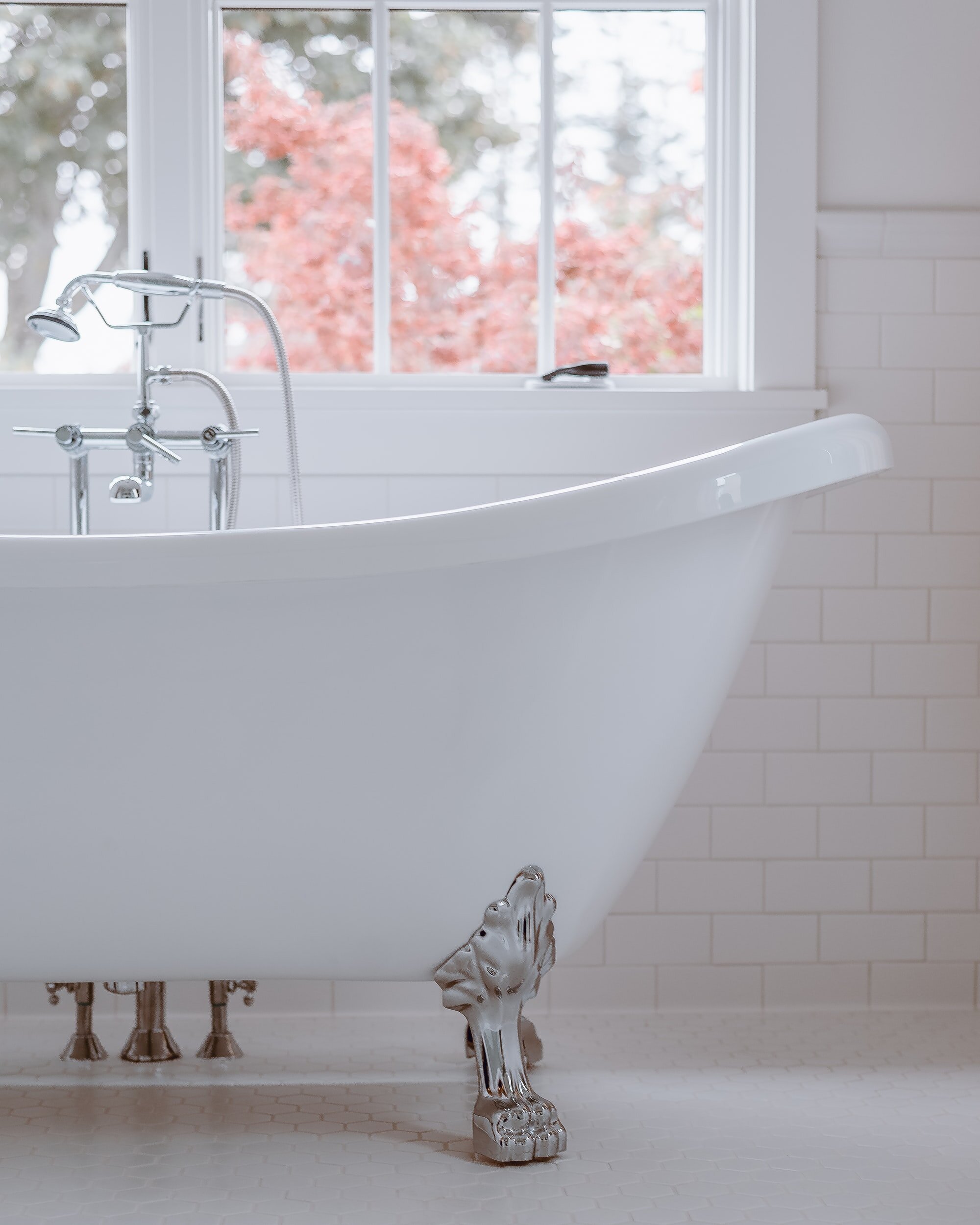Water births have been around for centuries, with the first recorded waterbirth in Europe documented in 1805. Mostly developed in France, water births are now more popular, and many hospitals around the world have installed birthing tubs to give women the option.
Hundreds of women take that option every year and have successful birth stories with healthy babies. However, like every other birth option, there are risks, mostly for babies who are born in the water (many water births involve the mother sitting in a tub, but leaving the tub before the actual pushing begins). Legionnaires disease, fever, pneumonia, thermoregulation issues, umbilical cord damage, and respiratory distress are just a few of the risks for babies born in the water. This does not include risks to mothers.
When done in steps, where water is used to manage the pain of contractions, water births grant mothers the following benefits:
-
A peaceful and relaxed birth
Most women that have had successful water births claim that their birth experience was peaceful and relaxing. Sitting in a tub or pool of warm water can be very soothing for both mother and baby. Some midwives even recommend having mothers sit in warm water while timing their contractions to see if the contractions continue to progress. This can save a mom a trip to the hospital or birthing center just to be sent home afterwards.
-
There is a chance to skip anesthesia
Because warm water is relaxing, there is a chance that mothers can skip anesthesia or having an epidural. For mothers whose goal is to give birth as naturally as possible this upside to water births is appealing. It is important to note, however, that should the birth become an emergency-C section, then anesthesia is necessary.
-
Labour may be shorter
Another benefit of water births is shortened labour. It is important to note that there is no specific reason for the shortened labour, and is simply an observation made by the American College of Obstetricians and Gynecologists.
-
The option to give birth at home
When a mother chooses a water birth, she is choosing a natural form of labour and delivery. This also gives her the option to give birth at home, with a midwife or medical practitioner present for the second part of the birth process: delivery.
If a mother is considering a water birth, speaking to their midwife or OB GYN about the possibility is the first step. Previous C-sections, previous preterm births, and other criteria may disqualify them from the option. Similarly, certain criteria–baby facing head down, twin or triplet pregnancies, a low risk pregnancy / no known complications–needs to be met for a woman to qualify for a water birth. If they do qualify, then giving birth in water or adding it as part of their labour and delivery process can help enhance the birth experience.
Keep in mind that should anything happen during the process, it is important that there is a capable driver present that can bring you to the hospital.



Leave a Reply